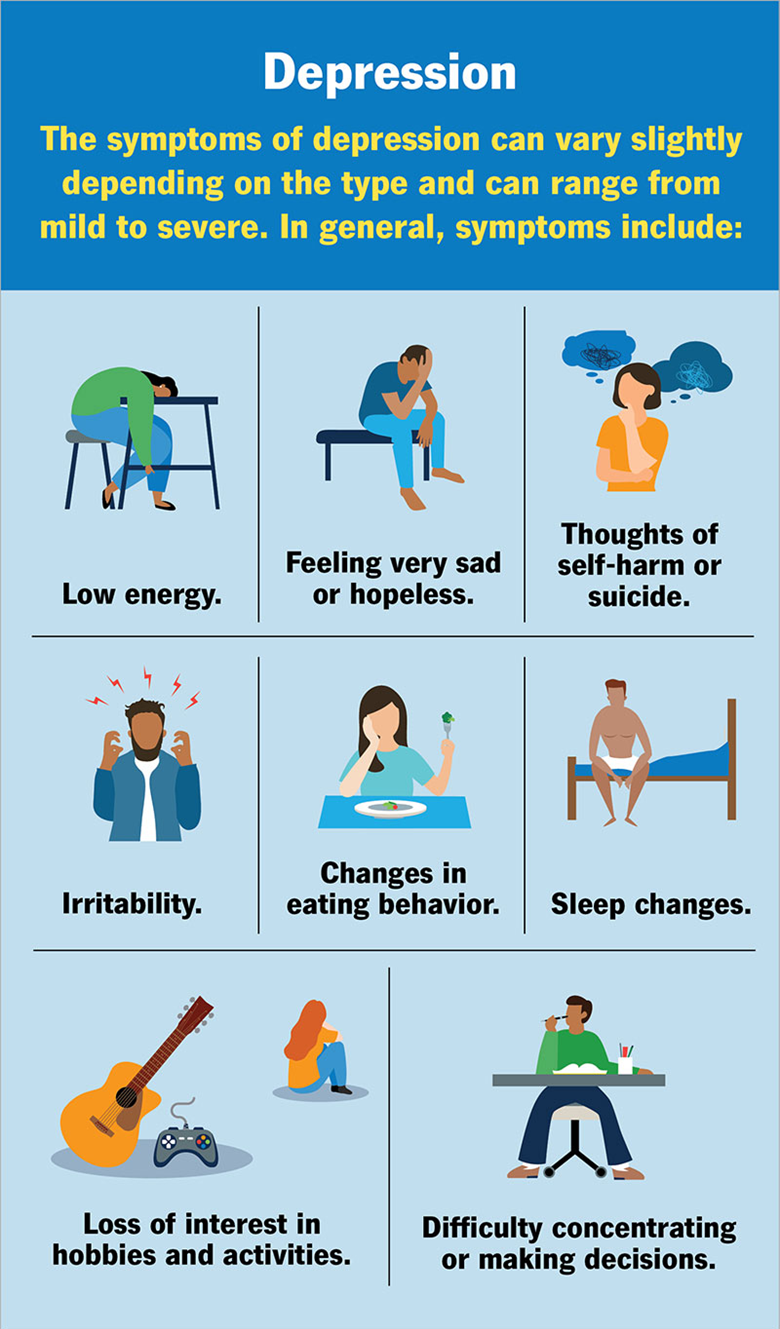A community health nurse is providing teaching to a client about primary prevention methods for sexually transmitted infections. The nurse should identify that the teaching reflects which of the following stages of the natural history of disease model?
Incubation period
Stage of clinical illness
Stage of recovery, disability, or death
Stage of susceptibility
The Correct Answer is D
Choice A: Incubation Period
The incubation period refers to the time between exposure to an infectious agent and the appearance of symptoms. During this stage, the pathogen is multiplying within the host, but there are no visible signs or symptoms of the disease. Primary prevention methods, such as education about safe sex practices and vaccination, are not typically associated with this stage because they aim to prevent the initial exposure to the pathogen.
Choice B: Stage of Clinical Illness
The stage of clinical illness is when the disease manifests with recognizable symptoms and signs. At this point, the focus is often on secondary prevention (early detection and treatment) and tertiary prevention (managing symptoms and preventing complications). Primary prevention methods are less relevant during this stage because the goal is to prevent the disease from occurring in the first place, rather than managing it after symptoms appear.
Choice C: Stage of Recovery, Disability, or Death
This stage represents the outcomes of the disease, where the individual either recovers, experiences long-term disability, or dies. Interventions at this stage are typically tertiary prevention measures, aimed at rehabilitation and reducing the impact of the disease. Primary prevention methods are not applicable here, as they are intended to prevent the disease from occurring initially.
Choice D: Stage of Susceptibility
The stage of susceptibility is the period before the disease process begins, where individuals are at risk of developing the disease. Primary prevention methods are most effective during this stage, as they aim to reduce the risk of exposure to the pathogen and enhance the individual's resistance to infection. Examples include education on safe sex practices, vaccination, and promoting healthy behaviors to prevent sexually transmitted infections⁴⁵.
Nursing Test Bank
Naxlex Comprehensive Predictor Exams
Related Questions
Correct Answer is C
Explanation
Choice A Reason:
It should only be used for substance abuse prevention efforts. This statement is incorrect. While the Strategic Prevention Framework (SPF) is often used in substance abuse prevention, its principles and steps are versatile and can be applied to a wide range of public health issues. Limiting its use to substance abuse prevention does not fully utilize the framework's potential.
Choice B Reason:
It should only be used with youth populations. This statement is also incorrect. The SPF is designed to be flexible and applicable to various populations, not just youth. It can be used to address health concerns across different age groups and demographics, making it a valuable tool for diverse community health initiatives.
Choice C Reason:
It can be adopted for a variety of community issues. This is the correct answer because the SPF is a comprehensive framework that can be tailored to address multiple public health challenges. Its structured approach to assessment, planning, implementation, and evaluation makes it suitable for a wide range of issues beyond substance abuse, including mental health, chronic disease prevention, and more.
Choice D Reason:
It was developed by the World Health Organization. This statement is incorrect. The Strategic Prevention Framework was developed by the Substance Abuse and Mental Health Services Administration (SAMHSA) in the United States. It is not a product of the World Health Organization, although its principles are consistent with global public health practices.
Correct Answer is D
Explanation
Choice A: Recommend the Client Obtain a Part-Time Job
Recommending a part-time job might seem like a good way to keep the adolescent busy and help them integrate into their new environment. However, this approach may not directly address the underlying issues of depression and could potentially add more stress. Adolescents dealing with depression need professional mental health support to navigate their feelings and develop coping strategies.
Choice B: Arrange a Visit with a Neurologist
While a neurologist can help with neurological disorders, depression due to a recent move is typically a psychological issue rather than a neurological one. Therefore, arranging a visit with a neurologist is not the most appropriate intervention. The focus should be on providing mental health support through counseling and therapy.
Choice C: Encourage the Client to Engage in Physical Activity Such as Joining a Sports Team
Encouraging physical activity is beneficial for mental health as it can help reduce symptoms of depression and improve overall well-being. However, while physical activity can be a helpful supplementary intervention, it should not be the primary approach. Professional counseling is essential to address the root causes of depression and provide the necessary support.
Choice D: Schedule an Appointment with a School-Based Counselor
This is the correct intervention. A school-based counselor is trained to provide mental health support to students. They can help the adolescent process their feelings, develop coping strategies, and provide a safe space to talk about their experiences. Counseling is a crucial step in addressing depression and helping the student adjust to their new environment.

Whether you are a student looking to ace your exams or a practicing nurse seeking to enhance your expertise , our nursing education contents will empower you with the confidence and competence to make a difference in the lives of patients and become a respected leader in the healthcare field.
Visit Naxlex, invest in your future and unlock endless possibilities with our unparalleled nursing education contents today
Report Wrong Answer on the Current Question
Do you disagree with the answer? If yes, what is your expected answer? Explain.
Kindly be descriptive with the issue you are facing.
